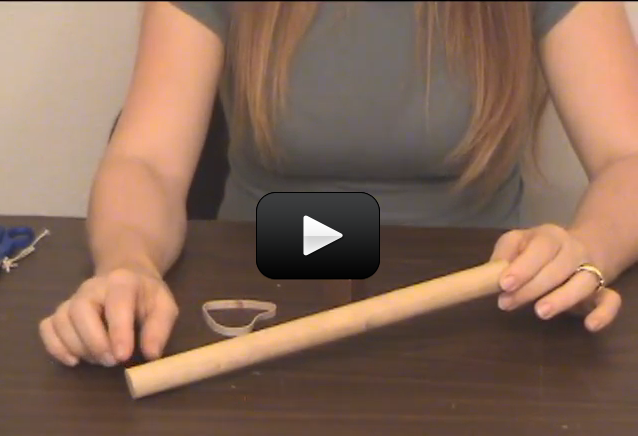Parts of the Lever
Levers, being simple machines, have only three simple parts. The load, the effort, and the fulcrum. Let’s start with the load. The load is basically what it is you’re trying to lift. The books in the last experiment where the load. Now for the effort. That’s you. In the last experiment, you were putting the force on the lever to lift the load. You were the effort. The effort is any kind of force used to lift the load. Last for the fulcrum. It is the pivot that the lever turns on. The fulcrum, as we’ll play with a bit more later, is the key to the effectiveness of the lever.
There are three types of levers. Their names are first-class, second-class and third-class. I love it when it’s that simple. Kind of like Dr. Seuss’s Thing One and Thing Two. The only difference between the three different levers is where the effort, load and fulcrum are.
Please login or register to read the rest of this content.
Please login or register to read the rest of this content.


I’ve uploaded a new video for you to view. Here’s the short answer to your questions:
First class levers have a fulcrum in the middle, between effort and load.
Second class levers have the load between the fulcrum and effort (in the middle).
Third class are the ones that describe most joints of the body; the effort is between the load and the fulcrum.
Hi,
Someone noticed that the 1st and 3rd class levers had been switched in the video. Just wondering if the video has been remade and uploaded yet.
azriel-
not in the middle!!!!!!!!!!!!!!!!!!!!!!!!!!!!!
Whoops – you’re right! The first and third class levers are switched in the video – so sorry about that! I’ll re-shoot that video and get it posted as soon as I can. Thanks for letting me know – it’s not often I make mistakes like this, but when I do it’s important to fix it right away so everything is correct.
WHich is correct? The video or the description below of the first and third class levers? You say in the video the first class lever has the weight on one end and the fulcrum on the other (lift in middle) which is what you use in the description to describe the 3rd class lever. Which is correct? Video or description below?
Your problem sounds very much like it relates to a Flash Player problem. There has been some recent updates on browsers over the past couple of weeks. These update have in some cases, disabled Flash Player from automatically loading on pages.I’m not sure what browser you are using, or if you have checked with another browser, but I would make sure Flash hasn’t been disabled. Here are a few links to the main browsers:
https://helpx.adobe.com/flash-player/kb/enabling-flash-player-chrome.html
https://helpx.adobe.com/flash-player/kb/enabling-flash-player-firefox.html
https://helpx.adobe.com/flash-player/kb/enabling-flash-player-safari.html
After making sure Flash Player is installed and enabled, you should then have no trouble with your video.
My video only has a ‘play’ arrow, no pause, rewind, fast forward, or timer to know where I’m at. Is there a way to change that?
Love it! 🙂
So many things say that I do not have access. This is driving us crazy. We though we had access to all of the units for 7th grade. thank you
Thank you for your eagle eye!
There is a typo at the end:
The algebra problem goes from 400 x = 3000 to x = 3000 / 4, instead of 3000/400.
Yes, actually… I had a 2×4″ piece of wood that was 10 feet long that I used for this experiment, however it was too big to fit on my desk when I made the video, so I used a smaller one for the video itself. But yes, feel free to use a long one for the experiment if you have it! 🙂
In the video did you say it was 10 feet long?! That didn’t sound right,but still just making sure.
Thanks!
-Jasmine
It seems to us as if the video has confused the first and third class levers.. either that or the descripton/reading were incorrect, as well as the diagrams shown below.
Try this: click PLAY then PAUSE and wait for it to load completely, then hit PLAY again. That should help!
The video is slow.
The little grey bar won’t move ahead fast enoungh. help 😐
The advantage would be 2:1, since the ratio is 100:50
Hi again!
With the second class lever, if the “student” weighed 100 lbs and you only had to push down 50 lbs, would that be a mechanical advantage of 50?
Thanks
Laura